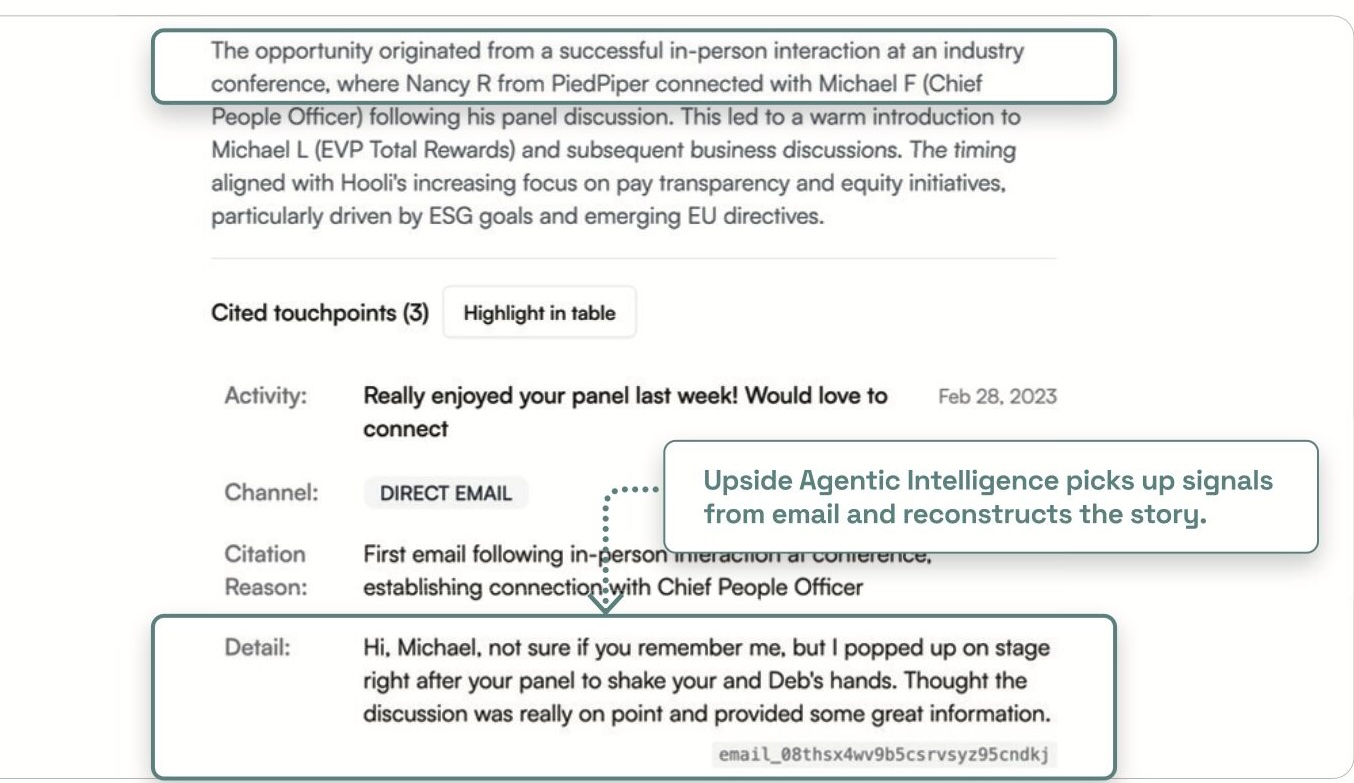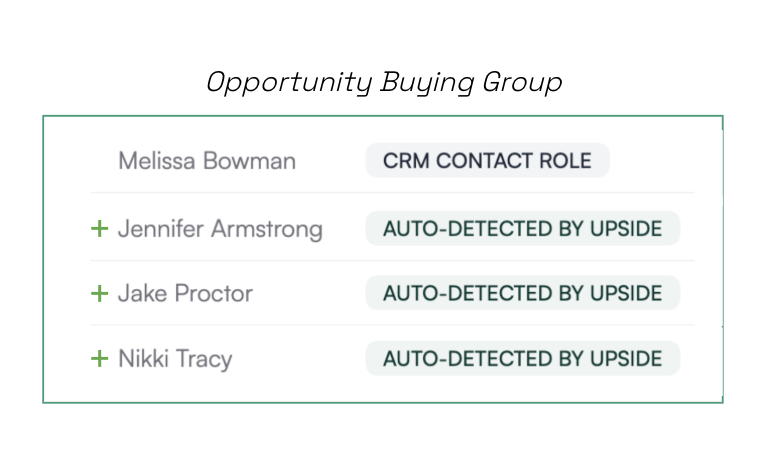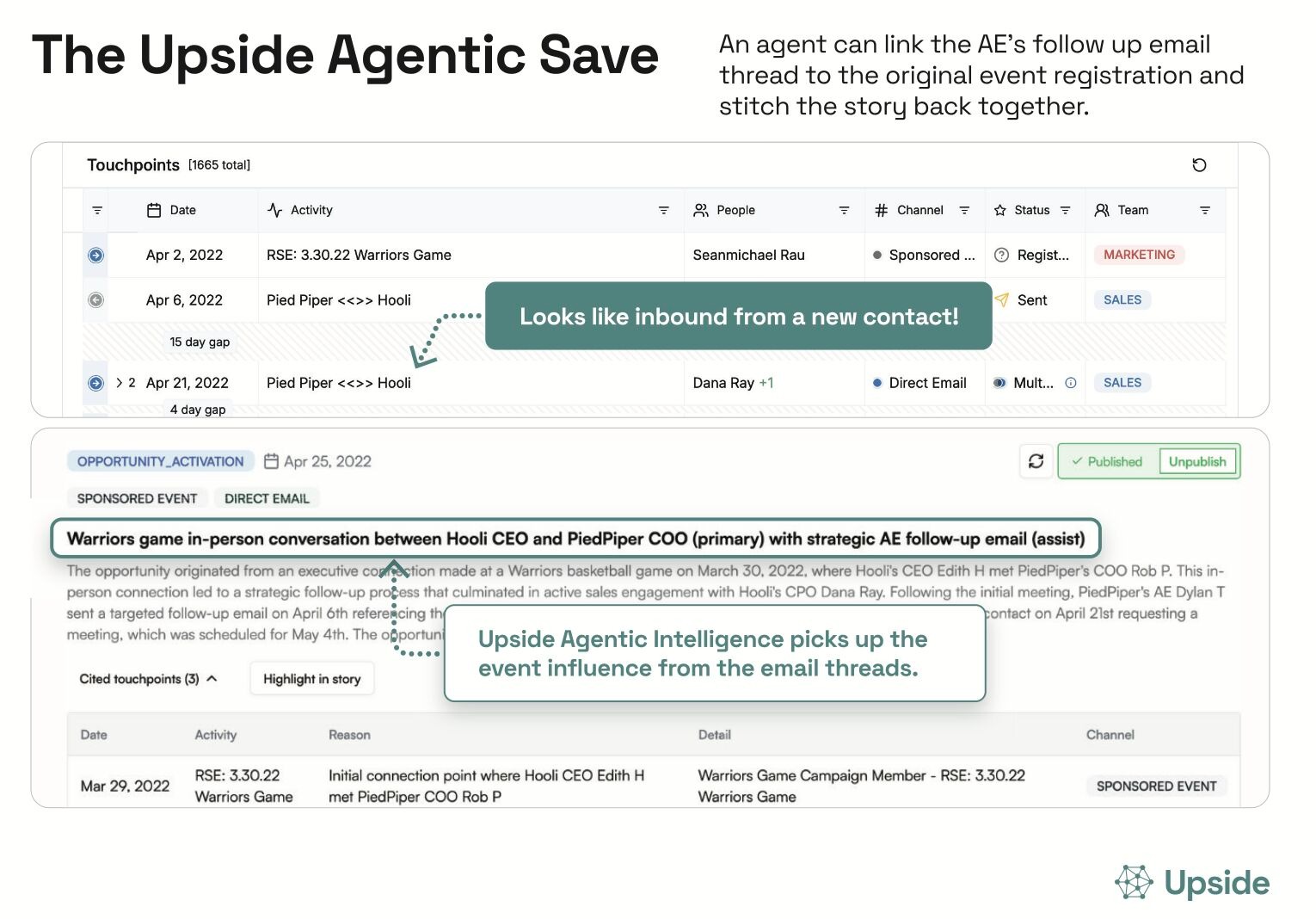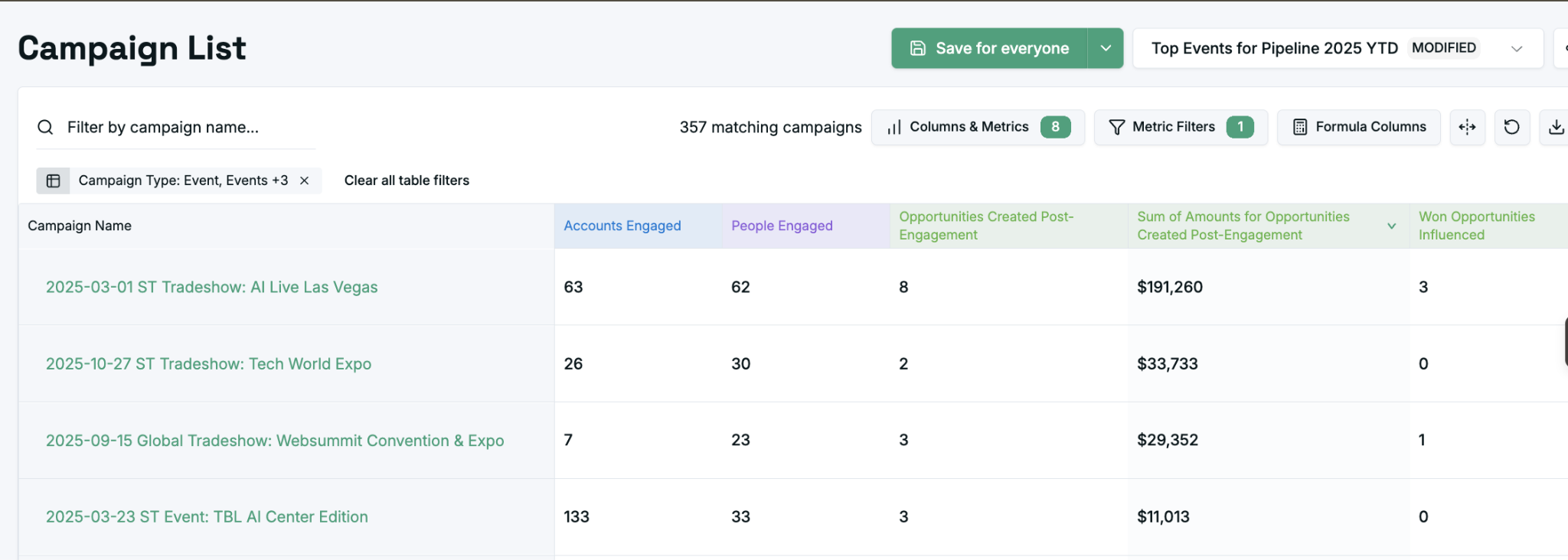Events are one of the most powerful marketing tactics in B2B. They bring people together, build trust, and create genuine relationships that no digital ad or automated sequence can replicate. In the age of AI, that human connection has become even more valuable. Buyers want to see faces, shake hands, and make buying decisions based on advice from people they know and trust.
And yet, when CFOs start reviewing performance and ROI, events are almost always the first to be cut. Not because they don’t work - but because their true impact is notoriously hard to prove.
Why B2B Events Are So Hard to Measure
Chatting with a marketing operations customer the other day, I heard a common story - he used to feel dread when the events team would come and ask for reports on their performance. Here are the top four reasons we consistently see events measurement being so hard in enterprise GTM teams:
1. Tracking is unreliable.
Events are messy by nature. People forget to register, attend under a colleague’s name, or drop in because they saw a LinkedIn post that morning. That means there’s often no clean record of their attendance, and the CRM never knows they were there. By the time your sales team follows up, that person’s engagement looks like it came out of nowhere, making it nearly impossible to connect the dots between your event and their interest.
2. B2B buying journeys are complicated.
Enterprise deals are rarely linear, with multiple stakeholders, alternative paths, and long time-horizons. One conversation at a dinner might spark awareness, another touchpoint weeks later might deepen interest, and the actual decision could happen months after that. The human side of influence (who met whom, what sparked trust, how an internal champion formed) is almost impossible to quantify through standard campaign tracking. Attendance data alone can’t tell whether the event actually mattered.

3. Dates don’t line up.
Because so much event follow-up is manual, campaign dates often appear after the opportunity is already created in the CRM. Data entry from Marketing could be delayed, and by then, the deal may already be underway. In an attribution model, it now looks like the opportunity came first—flipping cause and effect and erasing the real influence your event had on pipeline creation.
4. Buying groups are incomplete.
Incomplete contact roles are the silent killer of event measurement. In most enterprise deals, influence rarely comes from the people directly tied to the opportunity. It’s often someone adjacent — an influencer who attends your dinner, then goes back to their company and gets the team to request a demo. If that person isn’t part of the buying group in your CRM, their impact disappears completely. You lose the thread between the human connection and the business outcome.

Measuring What Was Once Unmeasurable
While at Branch, I built one of the largest mobile growth communities in the world. We even ran our own conference, Branchout. It was incredible — packed rooms, powerful relationships, and deep brand awareness. But when Alex, my old co-founder and CEO, asked, “Was it worth it?” I didn’t have the data to prove it. That frustration stayed with me.
Now, with Upside, we can finally see those moments clearly. We can connect the dots between a dinner conversation and a deal closed months later, between a hallway intro and a reactivated account. Here is how we do it.
Healing the buying group.
Our AI automatically detects and merges fragmented identities across systems, uncovering all the people connected to a deal, even if they weren’t tagged in Salesforce. It builds a “healed” buying group, so when an influencer from an event triggers engagement from their teammates, that connection is captured and attributed.
Surfacing hidden mentions.
We also detect event mentions in Salesforce notes, emails, and call transcripts, the types of unstructured data that traditionally were impossible to analyze at an aggregate level. When an AE writes, “Met them at Dreamforce,” or a prospect references your dinner in a follow-up email, Upside extracts that signal and ties it directly to the opportunity. Suddenly, what was invisible becomes measurable evidence of influence.

AI-powered deep research.
Our Deep Research engine goes a step further, analyzing every touchpoint, call, transcript or piece of unorganized data in a deal to understand how much an event contributed to awareness, activation, or deal progression. For example, when we worked with one customer, we helped them trace how a single sponsored conference reactivated dormant accounts and accelerated in-cycle opportunities, even though none of those signals existed in their CRM before.

Measuring what actually matters.
Instead of stopping at “leads sourced” or “pipeline influenced,” Upside reports on a richer, more nuanced set of metrics that helps you compare and understand the influence of events on a more nuanced level. Our event impact report includes:
- Deal contacts engaged: attendees who were part of a buying group for any opportunity.
- AI Detected Opportunities Activated:opportunities where AI analysis identified the event’s touchpoints as influential in opportunity activation.
- Opportunities influenced: deals where a buying group member engaged at the event.
- Opportunities created post-engagement: new deals opened after the event, within a set time window.
- Opportunities influenced in-cycle: active deals that progressed after event engagement.
- Progressed opportunities: deals that moved forward in pipeline following event touchpoints.
- Accounts activated: previously untouched accounts that engaged because of the event.
- Accounts reactivated: dormant accounts that reengaged after months of inactivity.
- Accounts engaged outside the opportunity cycle: engagement that happened before or between opportunities — the kind of early influence most systems miss entirely.

Finding the GTM gaps.
Bringing this more holistic view to events Upside enables teams to understand what works, what doesn’t, and why, so they can invest their time and resources confidently in what actually makes a difference.

